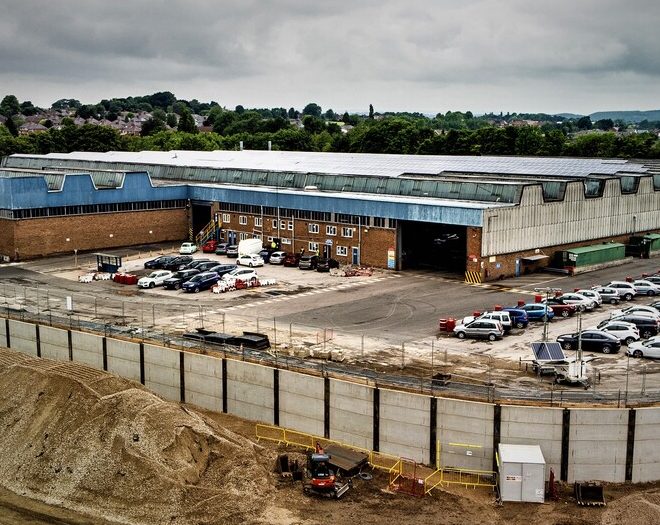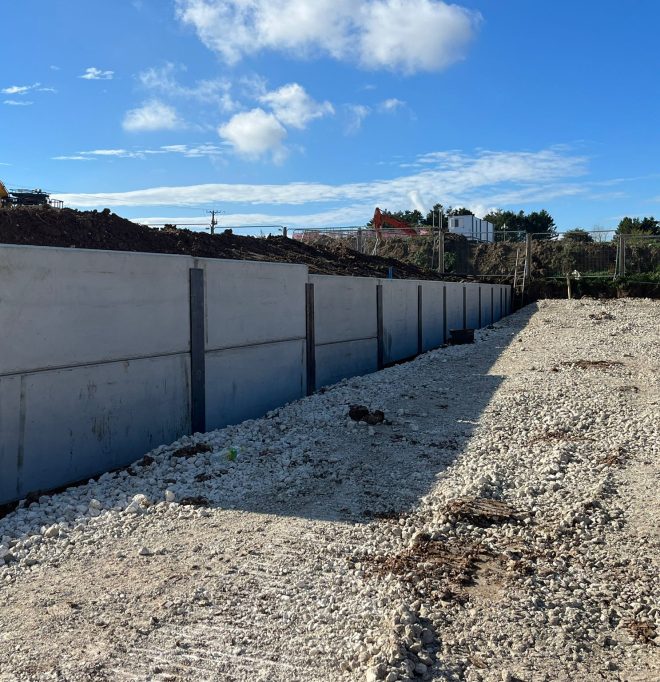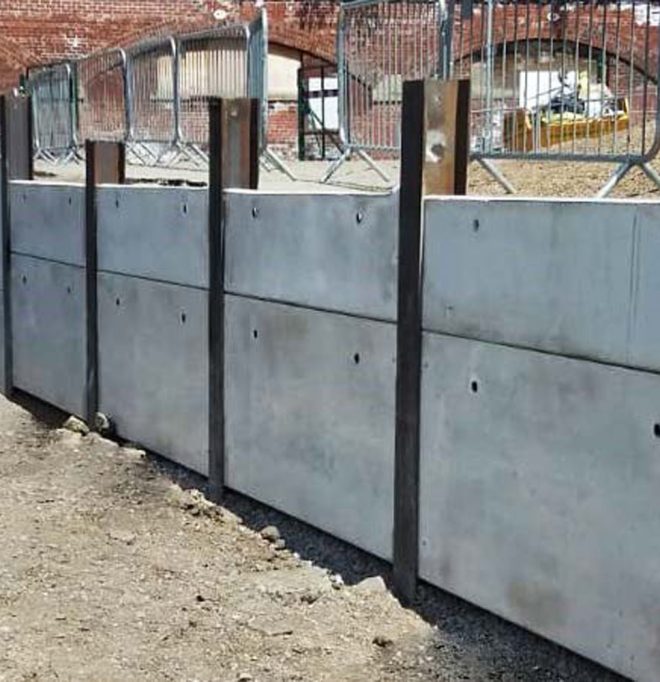King Post Wall Questions?
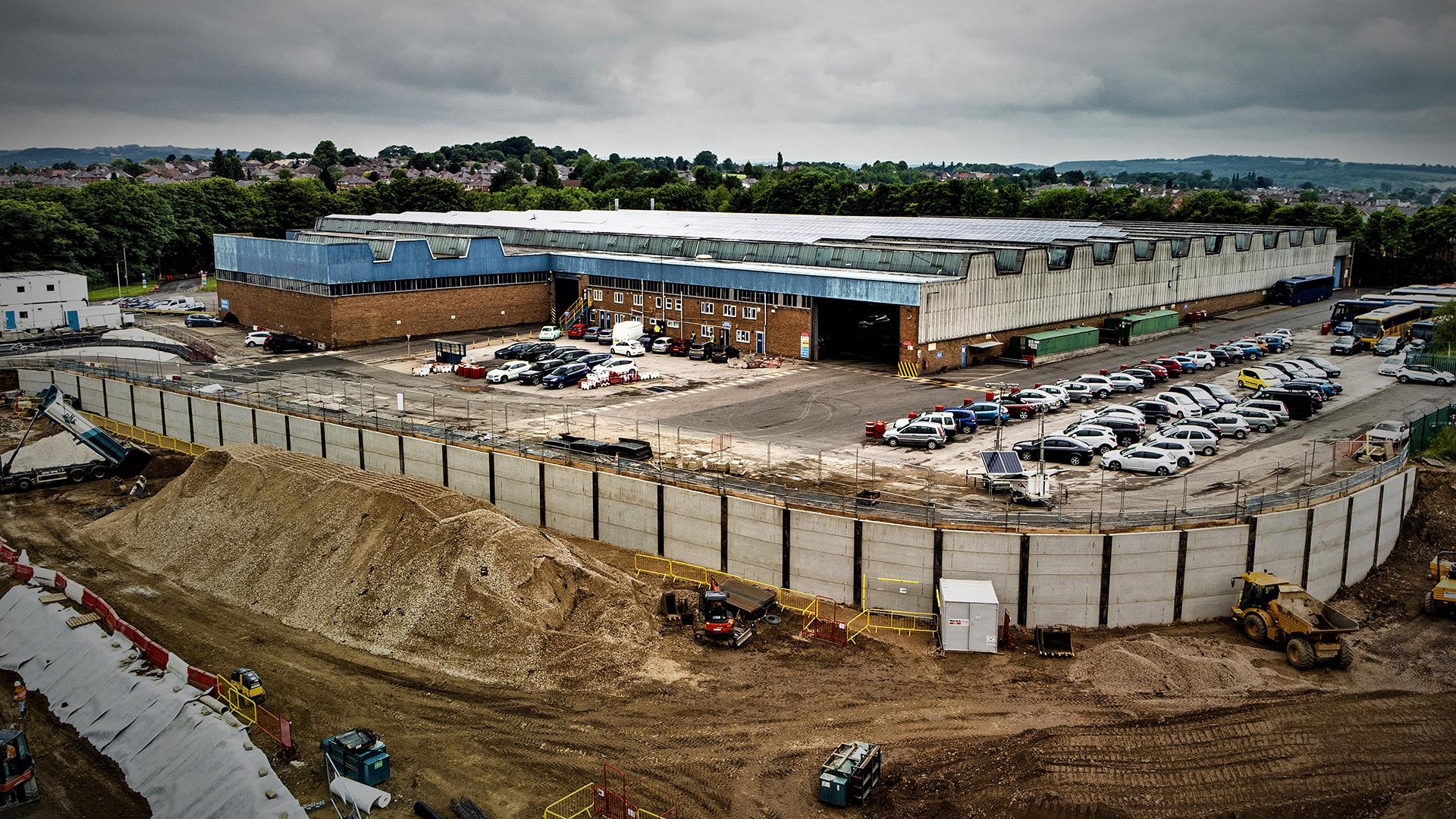
King Post Walls, also known as Soldier Piles, are some of the oldest forms of retaining systems used in deep excavations. King Post Walls have successfully been used since the late 18th Century in metropolitan cities like New York, Berlin, and London. Aarsleff has a wealth of experience installing king post walls across the UK and we’ve broken down your top five questions about this retaining wall technique.
What is a king post wall?
King Posts are isolated steel columns that are installed along the line of the proposed retaining wall typically at centres between 1 and 3m. The space between the posts is filled, over the retained height, using a variety of different solutions but most commonly a precast concrete panel. King Post Walls can be designed to Eurocode 7 or British standards and can be analysed in the temporary or permanent conditions. The design life of a King Post Wall is generally 50 years or more depending on the requirements.
What are king post walls used for?
King Post Walls may be used for different retention applications and heights in different ground conditions, including rock. They are suitable for most earth retaining requirements, including retention of embankments and flood alleviation. Check out our project at Jewsons, Chesterfield to see a large scale use.
How to install king post walls?
King Post Walls are installed first by drilling a hole using an Insitu piling rig which is then filled with concrete at the base and a steel H-beam. Prestressed concrete panels, or steel sheets, are then inserted between these H-beams to form a wall and the earth around is excavated to leave the finished, embedded retaining wall.

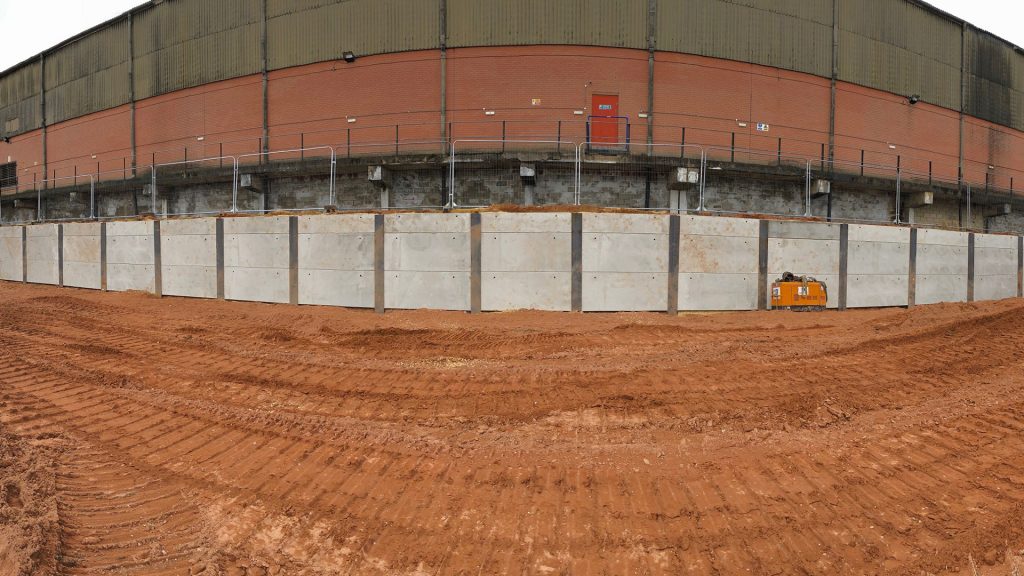
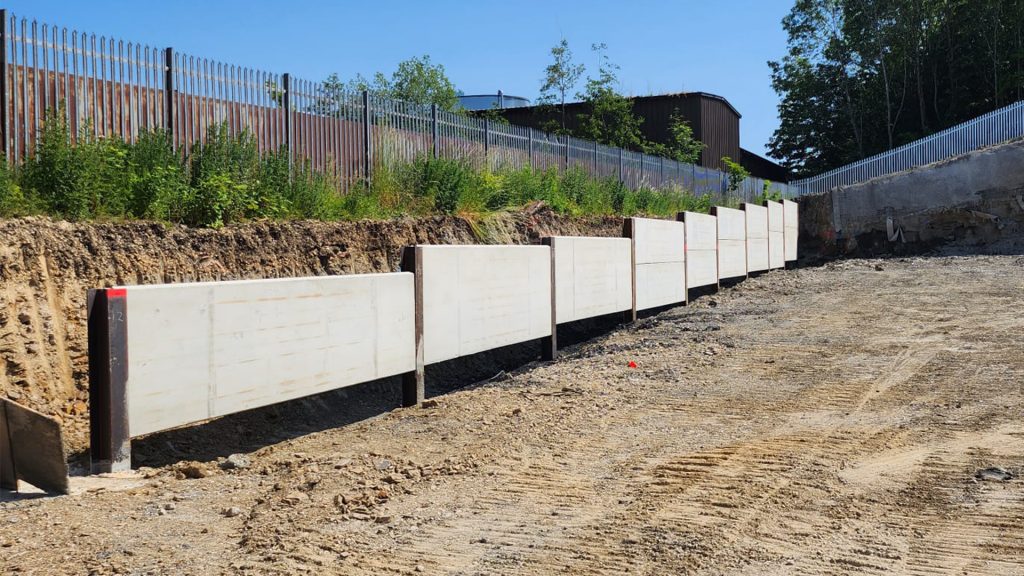

What are the materials used in king post walls?
King post walls are most typically formed of steel H-beam piles and prestressed concrete panels. Steel sheets can, however, be used in place of the concrete panels if required. If tiebacks are needed, this can be achieved through ground anchors – such as Aarsleff installed at Sunderland Strategic Transport Corridor.
What are the advantages of king post walls?
- King Post Walls are fast to construct
- King Post Walls can be cheaper when compared to other retaining systems such as sheet piled and concreted piled walls
- King Post Wall installation is versatile and adjustments can be made in the field easily to accommodate changes
- King Post Walls are a simple and quick installation making it a smooth transition on handing over to follow on trade
- King Post Walls may be used for different retention applications and heights in different ground conditions, including rock.
- Applications are numerous including basements, embankment retention and flood defence walls
- Relatively silent and vibration free installation
- King Post Corners can be fabricated off-site so that no on-site hot works are required on site. This reduces risk on site as well as saving time and money
- Cost-effective system for use in hard ground
- Can be tied back with Ground Anchors
- No spoil generated on site
- Piling is unaffected by groundwater
Conclusion
Want to know more? Want to speak to an expert about your project? Get in touch with us today.
The Latest. News, podcasts & projects
Join our mailing list
